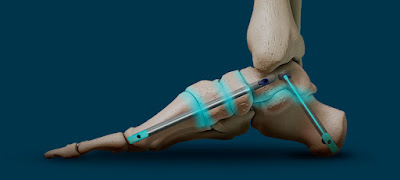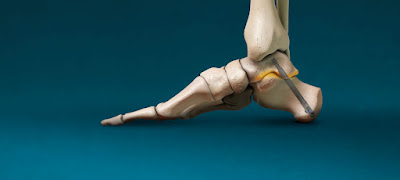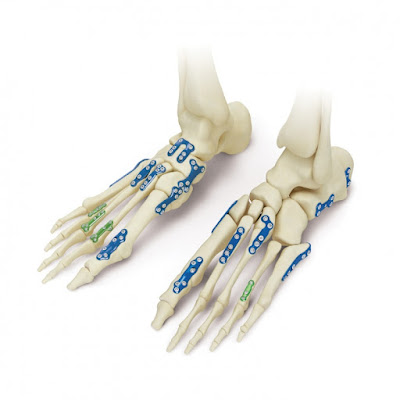Subtalar Fusion with Miniaturized Precision
The DynaNail Mini® Fusion System is a game-changing development in orthopedic surgery. This new intramedullary nail system, designed by MedShape, adds active adaptive technology to subtalar fusion surgeries, giving exceptional accuracy and efficacy. Its small size and internal superelastic NiTiNOL composition provide exceptional compression performance, resulting in excellent bone repair and fewer problems.
Versatility in Medial Column Fusion
The DynaNail Mini® has expanded its capabilities and is now appropriate for medial column fusion operations. In circumstances such as flatfoot deformity or severe arthritis, medial column fusion is typically necessary to repair abnormalities and support the midfoot. Surgeons achieve accurate alignment and ideal fusion results with the DynaNail Mini®'s active adaptive technology, enabling long-term stability and functioning.
What Makes DynaNail Mini® Unique
Aside from its active adaptive technology, the DynaNail Mini® Fusion System has other benefits. Its small size enables minimally invasive techniques, which reduces surgical trauma and promotes speedier recovery. Internal superelastic NiTiNOL technology enables regulated and sustained compression, which improves stability and promotes bone union. Furthermore, MedShape's dedication to surgeon education and training guarantees that the technology is used optimally, allowing surgeons to provide the greatest results for their patients.
A Bright Future
While
possible hazards and difficulties must be considered, the DynaNail Mini® Fusion
System has proven extraordinary success and dependability. It is critical to
consult with a trained orthopedic surgeon to decide the best therapy for each
patient's specific situation. The DynaNail Mini® marks a substantial leap in fusion
operations as MedShape continues to pioneer orthopedic advancements. Its active
adaptive technology, small size, and superelastic composition provide exact
compression and stability, resulting in better patient outcomes and faster
recovery. The future offers bright prospects for the progress of fusion
surgeries and the well-being of patients all across the globe.
The blog becomes more readable and appealing by arranging the material into shorter paragraphs and adding intriguing subtitles. This method guarantees that readers comprehend the major ideas fast while remaining engaged throughout the piece. To know more visit https://www.djoglobal.com/









